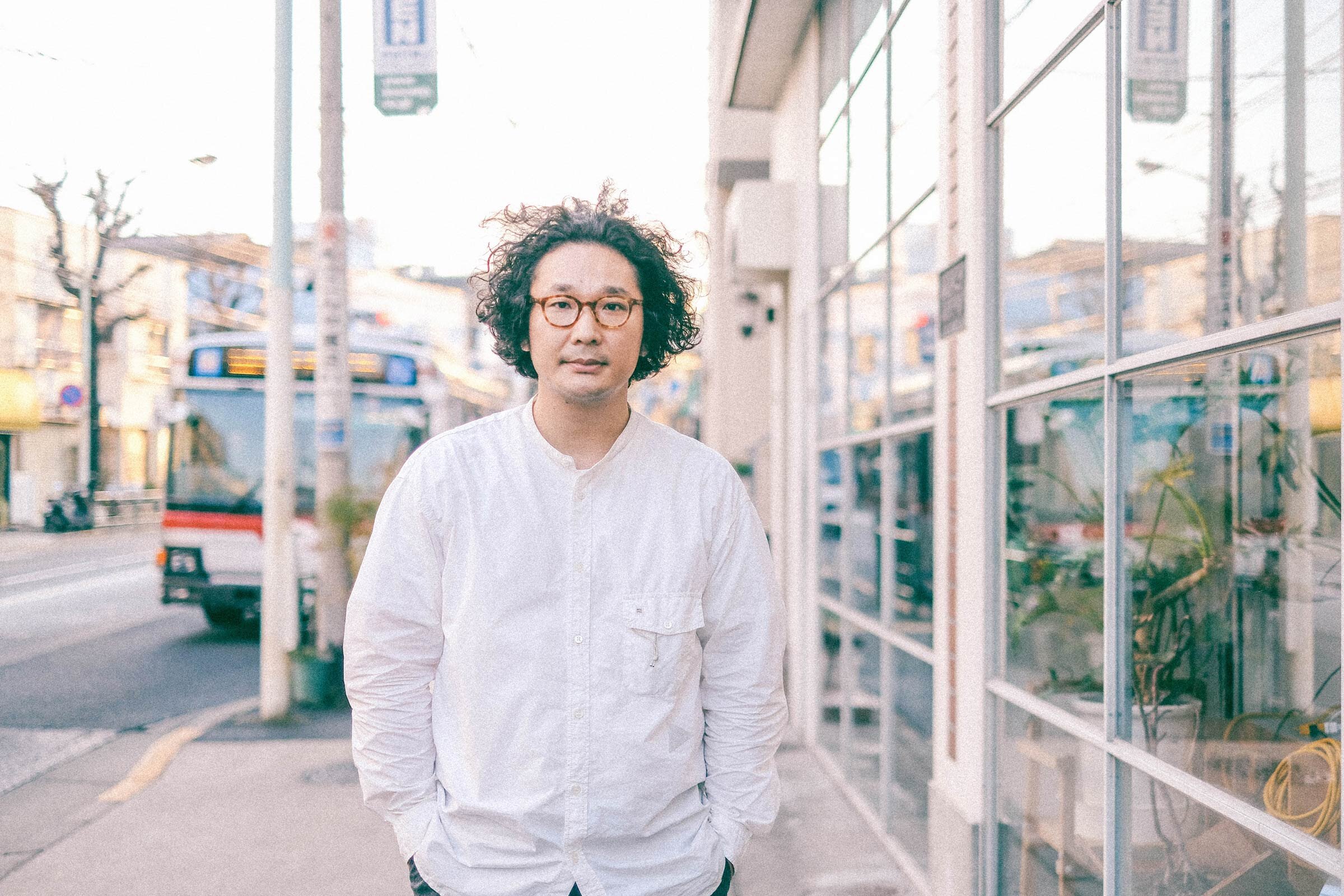Getting to Know Daisuke Motogi of DDAA/DDAA LAB

Conceived by founder and architect Daisuke Motogi, DDAA/DDAA LAB’s Artek stool hacks highlight the design and architecture firm’s belief that everything has the potential to evolve
Image by Nanako Saito
The creation of ‘incomplete architecture’ — projects that involve continual re-evaluation of their purpose and design — is the unusual approach of Tokyo-based DDAA/DDAA LAB founder Daisuke Motogi. ‘We try to see everything as incomplete,’ the architect says. ‘Anything can become a material, even generic objects, and everything has the potential to keep changing.’
As a Musashino Art University graduate, Motogi cut his teeth working with Jo Nagasaka’s Schemata Architects for six years before founding his own firm in 2010. He quickly gained a reputation for using unconventional materials and idiosyncratic designs, like exposing underfloor wiring and concrete beneath glass plates at Bang & Olufsen’s Ginza flagship store.
‘The world is full of things — good and bad, big and small, old and new, luxury and cheap, and so on. Today, there’s no real difference between small bistros and Michelin-starred restaurants, when values are diverse and there’s only difference in concept,’ says Motogi. ‘Our interest is in designing an architectural perspective that plays equally with concepts and values. We’re trying to create a completely new landscape by slightly shifting the interpretation of existing things and ideas.’
It was a client, the venture capital firm Mistletoe, that inspired DDAA to eventually devise 350 ways to modify Alvar Aalto’s iconic Stool 60 and E60 (designed for Artek) into multifunctional units, eventually prototyping 100 of them.
But first, Motogi was called on to design the firm’s workplace, MISTLETOE OF TOKYO. ‘Taizo Son, the founder of Mistletoe, said that the office was no longer a place to work, and he asked us to develop a new concept for it,’ Motogi explains.
DDAA’s solution was basically a large empty room, a ‘space for serendipitous meetings of people and minds, where ideas could continuously evolve,’ as Motogi describes, adding that it was designed to remain perpetually unfinished as a ‘beta version’.
‘At the start, the only facilities we built at Mistletoe were a kitchen and staircase gallery. Later, when it needed tables, we discussed requirements and created them; if the space needed partitions, we would add them. It was constantly changing,’ Motogi explains.
When the space required seating for presentations, DDAA came up with so many ideas to hack the Alvar Aalto-designed Artek stools that Motogi formalised the firm’s experimental work by forming DDAA LAB, an autonomous R&D section that is now responsible for a third of DDAA’s activities.
‘I chose the Stool 60 because it's a masterpiece of simple design, ideal for mass production and distribution, and easy to modify. Its copies made it even more economically rational. It’s used in multiple ways, not only as a stool but also as a bedside table, a step and more,’ Motogi says. ‘We tried to create more diversity and versatility by adding minimal functions and meanings, while respecting the best concepts of modernism and mass-production.’
After this year’s Venice Design Biennial, where the stools were originally set to debut, was postponed to May 2021, Motogi posted the ideas to his Instagram account. For those hoping to make their own stool hack, his first book, Continuous Design: Strange DIY Manual, published in October 2020, includes instructions to create 10 of the designs.
Other projects featured in the handbook, some of which have been adapted for client work, involve accessible everyday materials, ranging from kitchen sponges in a wall-mounted household utensils holder to demountable chairs that utilise public roadside guardrails.
Text / Mio Yamada
MISTLETOE OF TOKYO. Image by Kenta Hasegawa
MISTLETOE OF TOKYO. Image by Kenta Hasegawa
Hackability of The Stool. Image by Kenta Hasegawa
Hackability of The Stool - MINI DESK. Image by Kenta Hasegawa
Hackability of The Stool - TABLE TOP EXTENSION. Image by Kenta Hasegawa
Hackability of The Stool CAT-BASKET. Image by Kenta Hasegawa
Hackability of The Stool ARM-REST. Image by Kenta Hasegawa
MISTLETOE OF TOKYO. Image by Kenta Hasegawa
MISTLETOE OF TOKYO. Image by Kenta Hasegawa
Continuous Design: Strange DIY Manual
Continuous Design: Strange DIY Manual
Sponge shelf, from Continuous Design: Strange DIY Manual. Image by Gottingham
Bench Bomb and Lashing Belt Table, from Continuous Design: Strange DIY Manual. Image by Gottingham
Bang & Olufsen, Ginza. Image by Kenta Hasegawa
Bang & Olufsen, Ginza. Image by Kenta Hasegawa
Bang & Olufsen, Ginza. Image by Kenta Hasegawa
Bang & Olufsen, Ginza. Image by Kenta Hasegawa























